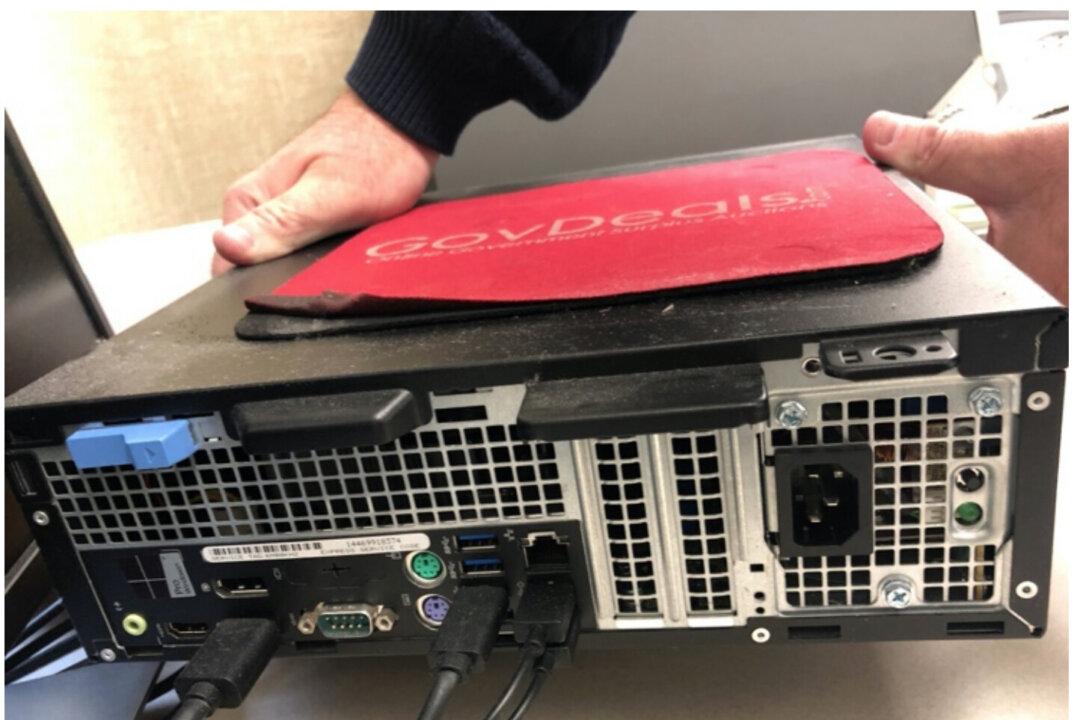A court-sanctioned forensic audit of voting systems in Michigan’s Antrim County determined that crucial security and ballot-adjudication logs were missing from machines by Dominion Voting Systems, the company at the epicenter of the dispute over whether voter fraud occurred during the 2020 general election.
The findings are part of a preliminary forensic report (pdf) written by Russell Ramsland, a former Reagan White House official who has worked for NASA and the Massachusetts Institute of Technology. Kevin Elsenheimer, the chief judge of Michigan’s 13th Circuit Court, approved the report for release to the public on Dec. 14.





